The many faces of Sherlock Holmes
Sherlock Holmes and his many media depictions
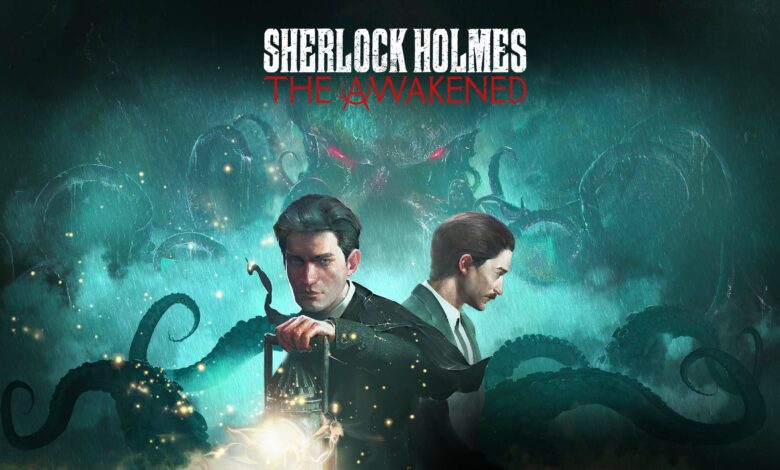
Sir Arthur Conan Doyle was inspired by the real-life figure of Joseph Bell, a surgeon at the Royal Infirmary of Edinburgh, whom Doyle once met in 1877, and had worked for as a clerk. Bell was noted for drawing broad conclusions from minute observations. This concept intrigued Doyle so much that he expanded and elaborated upon it to create the most enduring and beloved detective of all time, Sherlock Holmes.
A runaway success from the first story published, Doyle at first enjoyed the fame, then grew sick of writing him and killed off the Great Detective. But generations before the internet, fans still inundated the writer and he reluctantly brought Holmes back to even more success.
As the generations have passed, there have been multitudes of interpretations of the Master Sleuth. Indeed, Doyle himself was in favor of this early form of fan-fiction as William Gillette, in the 1800s, was planning a stage play and wired Doyle asking if it would be possible to marry Holmes in the course of the show. “Marry him, kill him, or do what you like with him,” Doyle hastily replied, henceforth giving carte blanche to a wide variety of creative takes on the source material.
From them on, from the cinema, to the television, in books, comics and of course video games, Sherlock Holmes came to life in a way Doyle could never have dreamed. As Frogware’s highly anticipated Sherlock Holmes: The Awakened nears release, we’ll take a moment to look at some of the more memorable ways Holmes has been realized beyond his original imagining.
The refined gentlemen
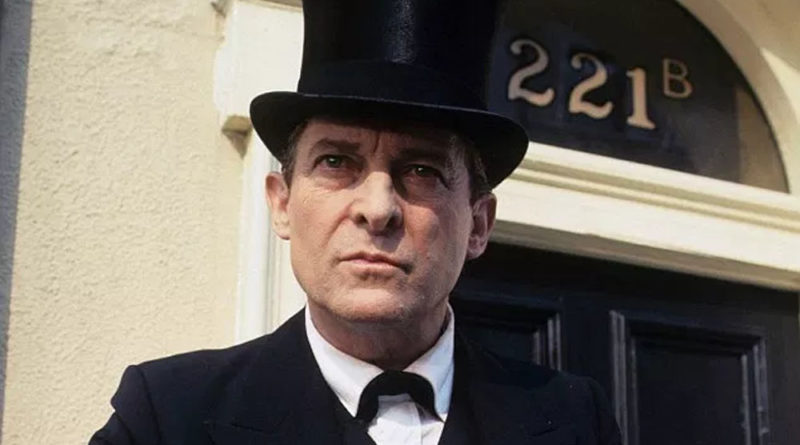
On-screen, Holmes is well remembered as sporting a deerstalker cap, wearing a plaid cape and smoking his famous, curved pipe. However, none of these items specifically appeared in the novels. They were created by Gillette for the stage play and made their way to the screen when actor Basil Rathbone took up the mantle in 1938’s The Hound of the Baskerville.
For that era, Rathbone WAS Holmes. The famous actor played the detective with grace and poise, leaning into the tropes the stage play established. Nigel Bruce was his low-key Dr. John Watson and the two stared in 16 films, cementing what audiences would consider to be Holmes.
The next defining performance was from 1984-1994, when British actor Jeremy Brett took on the mantle for several Granada TV Sherlock Holmes series. Brett retained the upper-class British gentleman aspect of Holmes, but added an air of bizarre mystery that more closely paralleled Doyle’s original novels. For many, he became the quintessential Holmes, giving depth, darkness, struggle, and the weight of knowledge to the character.
Early days of youth
Doyle never really touched upon Sherlock’s early days as a child, or what made him the man he is. Barry Levinson’s 1985 Young Sherlock Holmes did an amusing job of creating the first meeting between Holmes and Watson at boarding school. And Andrew Lane has a series of novels following the character as a teenager that are typical thriller/YA fare.
While this trope is an interesting one, it has proven to be less attractive to fans than the adult detective’s adventures. In the long run, it’s not as important as why Sherlock is the way he is, but how he uses those skills he has.
The Victorian time-traveler
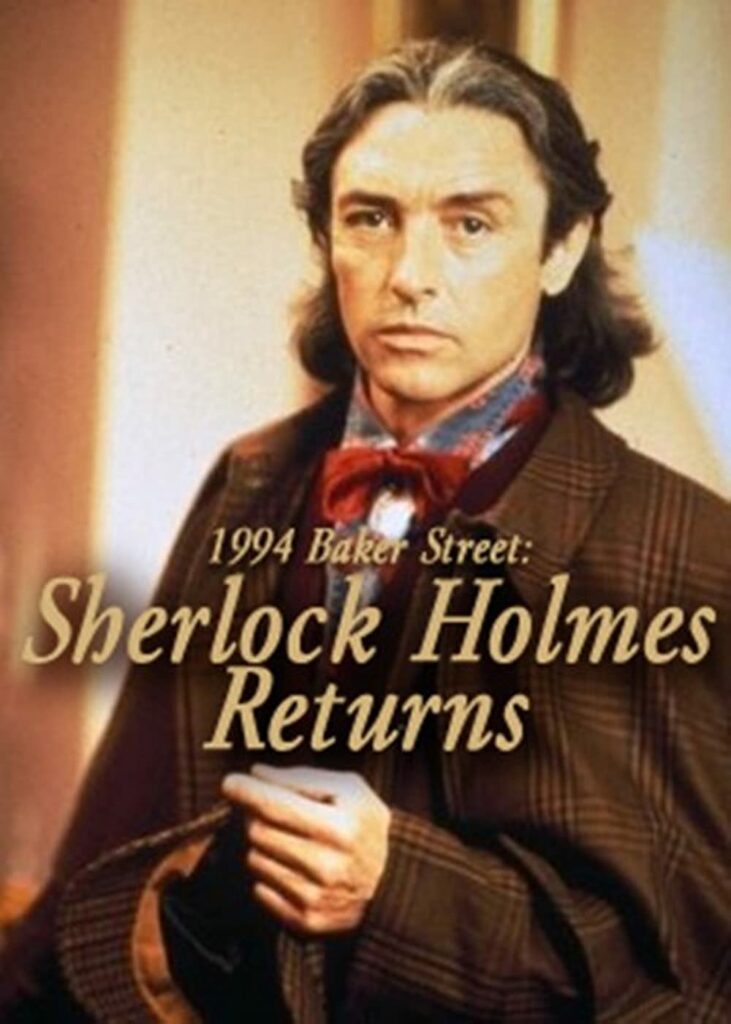
As the character continued to evolve outside of Doyle’s original stories, an interesting evolution happened in the late 80s/early 90s. Two made for TV films were released that ‘transported’ Holmes to the modern era. The first was 1987’s The Return of Sherlock Holmes featuring Michael Pennington as the erstwhile detective. Holmes cryogenically freezes himself after being infected with bubonic plague by Moriarty and is reawakened in the modern day by Watson’s ancestor Jane Watson.
Then, 6 years later, 1994 Baker Street: The Return of Sherlock Holmes did a similar set-up with Anthony Higgens taking up the mantel as a different version of Holmes who used suspended animation technology to wake up in the 90s. Both shows were hopeful pilots to series that never happened, but they did create a new Holmes genre; the Great Detective out of his element and having to adapt to a new world. Indeed the 1999 cartoon series Sherlock Holmes in the 22nd Century, in which a genetically rejuvenated Holmes and an android Dr. Watson battle Moriarty’s clone in the future might be the culmination of this genre of Holmes tales.
One of the best explanation and example of this was actually in Andy Lane’s Doctor Who novel from 1994 All-Consuming Fire. In it, the Seventh Doctor and Ace take Holmes and Watson from London to another planet. It’s suggested that Holmes knows as much as he does because he’s so observant about his immediate surroundings. The further he gets from the comfort of London, the less his deductive prowess helps. On another planet with different laws of physics, he proves quite helpless. It’s both a way to humanize Holmes as well as give him a new obstacle to overcome.
The sexy Detective, the elder Sleuth, the modern parallel
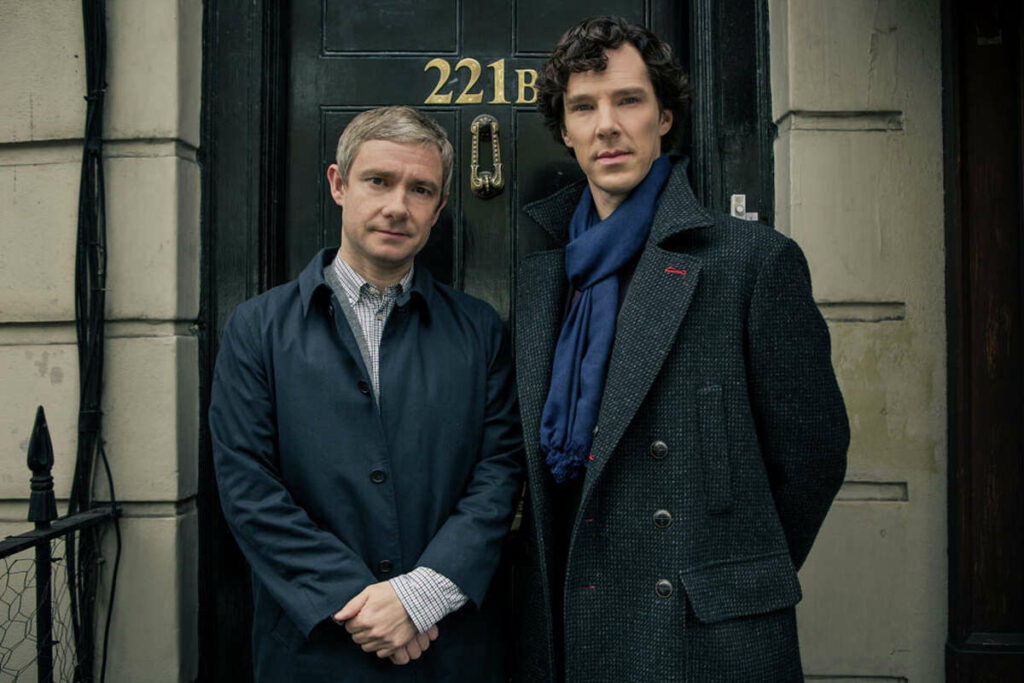
As the 20th century gave way to the 21st, another interesting transition occurred. Filmmakers reimagined Holmes again as a dashing, good looking, some might argue, sexy hero. Robert Downey Jr. and Jude Law both upped their thirst trap game with Guy Richie’s 2009 Sherlock Holmes and the 2011 sequel Game of Shadows. Former Superman and Witcher star Henry Cavill played a smooth version in Netflix’s recent Enola Holmes and Enola Holmes 2.
And these versions directly contrasted Sir Ian McKellan’s performance in 2015’s Mr. Holmes. That film envisions the Super Sleuth as an old man, past his prime with a failing memory. Looking at a character who relies so much on his mental strength and has now reached a place where those abilities are failing creates all new challenges. Dealing with the fallout of adventures and the questions of ‘do I still matter,’ allowed even more character depth and growth to Holmes.
And of course, Elementary‘s Johnny Lee Miller and Sherlock‘s Benedict Cumberbatch both take the character and place him as a person of the modern era. Seeing Holmes’ powers of deduction intertwined with DNA evidence, cell phones and drug rehabilitation facilities display how you can adapt him into any setting. And the great performances from the leads didn’t hurt either.
The funny guys
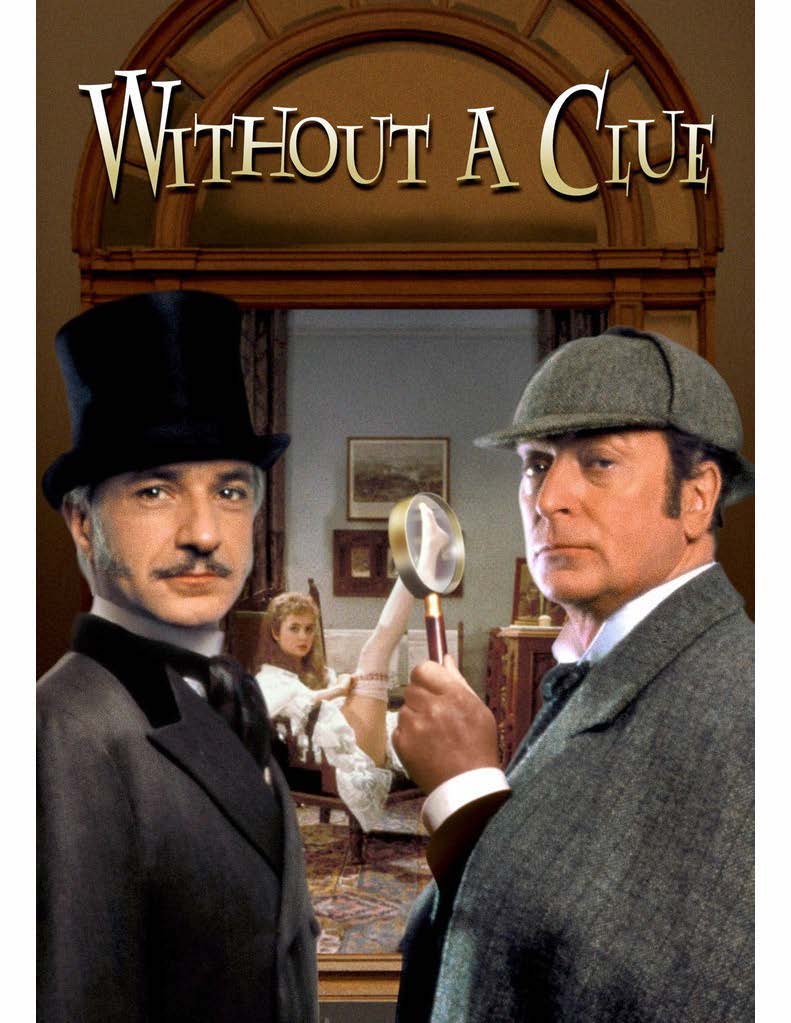
Of course I must note that several versions of Holmes have tried to make the character funny. Gene Wilder played Sigerson Holmes in his 1975 directorial debut The Adventure of Sherlock Holmes Smarter Brother. John Cleese played a goofy decedent of Holmes a few years later in The Strange Case at the End of Civilization as We Know it.
Michael Cain played a buffoonish actor pretending to be a great detective to Ben Kingsley’s brilliant Dr. Watson in 1988’s Without a Clue. And the comedy duo of Will Ferrell and John C. Reilly did an irreverent take in 2018’s Holmes and Watson. All these version, whether you find them funny or not, show the continued versatility of the character and how he can work in more than the detective/thriller genre.
Mysterious mash-up culmination
With all these different, varied, and sometimes experimental versions of Holmes in existence, it was only natural that, especially as the character had entered into the public domain, fans and writers would try mash-ups with him facing other fictional characters. Alan Moore’s League of Extraordinary Gentlemen comic series has him on the periphery amongst a slew of free to use characters. Holmes has met Batman in The Brave and the Bold cartoon, the Teenage Mutant Ninja Turtles and The Real Ghostbusters in their series, and even Tom & Jerry.
And this is what makes the upcoming Sherlock Holmes: The Awakened such a great culmination of all the evolution Holmes has experienced over the decades. The game features a younger, inexperienced Holmes. He is not very close with Watson yet. And it crosses over with the bizarre and terrifying Lovecraftian Cthulhu history. Plus players get to control the detective themselves. The game appears to touch on all that came before and use the best elements to create something new.
Sherlock Holmes is a character that will probably never fully vanish from the public eye. He’s more varied and nuanced that most literature characters because so many have added to his history over the years. With so much in his past, it’s equally exciting to see what his future might hold.
Sherlock Holmes: The Awakened launches tomorrow on the PlayStation 5, PlayStation 4, Xbox Series X/S, Xbox One, Nintendo Switch. You can pre-order it on Steam and GOG.
What do you think about the new Sherlock Holmes: The Awakened? As always, let us know in the comments!

